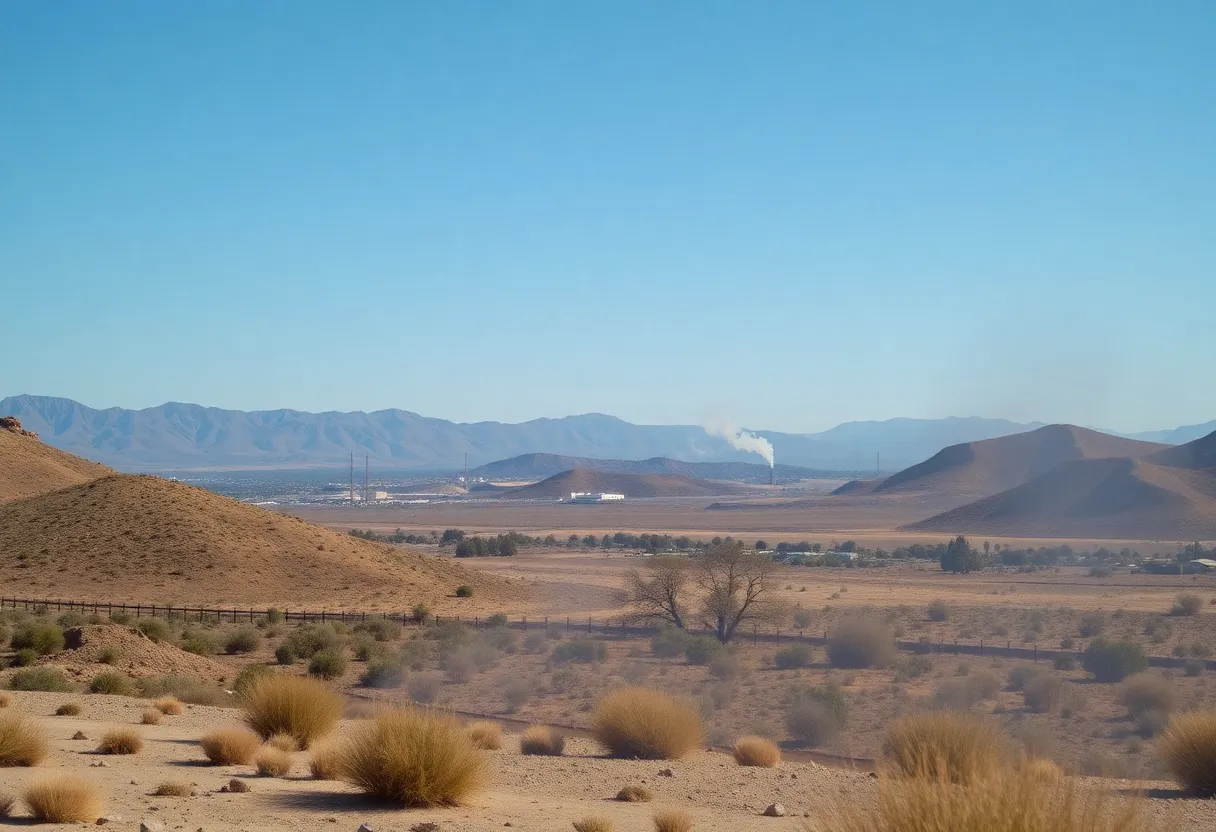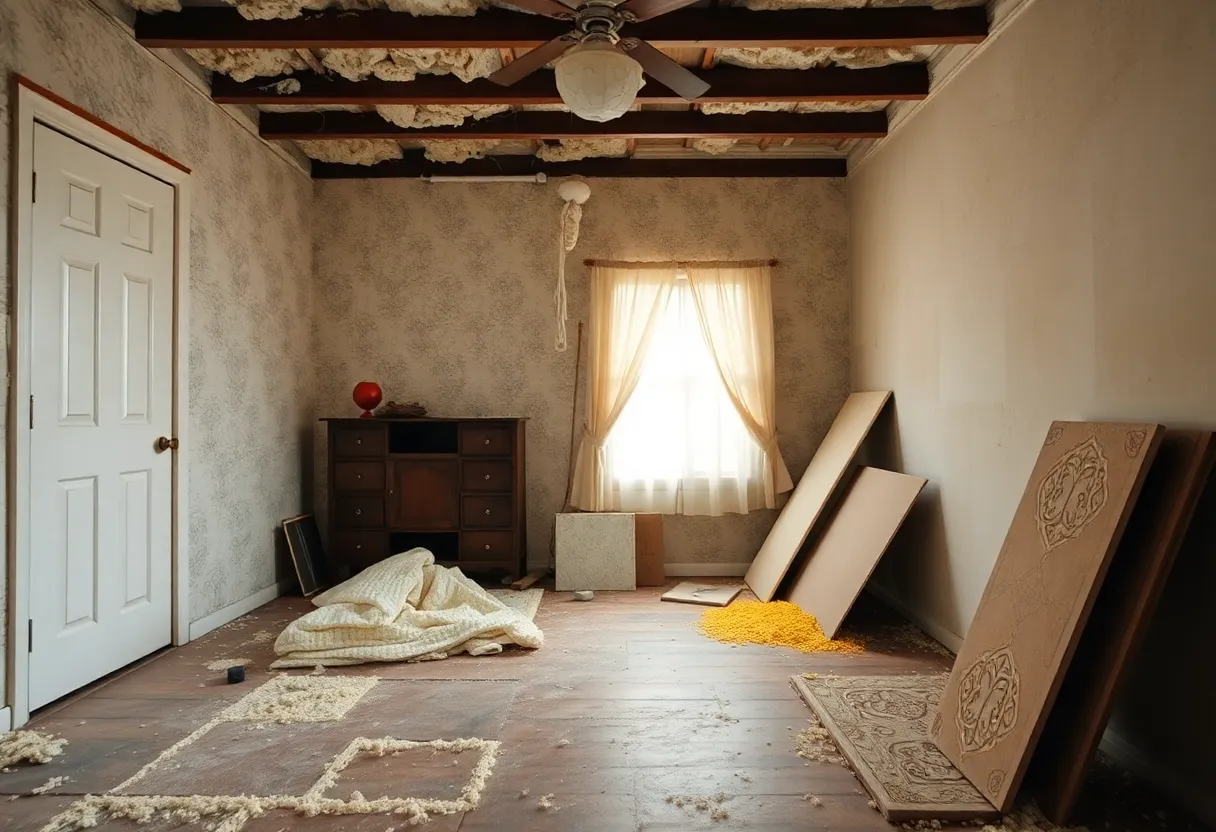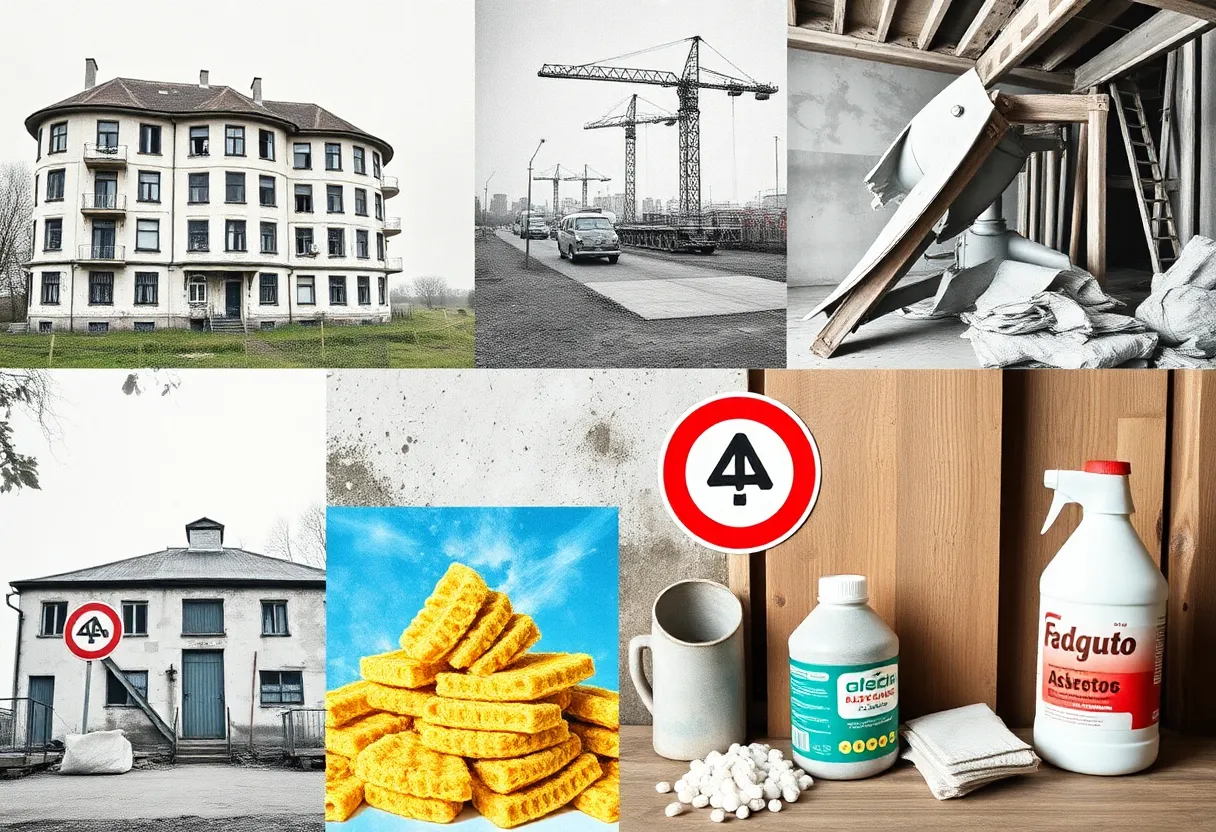News Summary
Federal contractors responsible for wildfire cleanup in Southern California have mismanaged asbestos-tainted debris, dumping it in non-hazardous landfills. This breach of regulations has sparked community outrage and raised serious health concerns among residents and environmentalists, as potential risks from hazardous waste are now a pressing issue.
Fire Debris Disposal Scandal: Asbestos Waste Sent to Non-Hazardous Landfills
In a shocking turn of events, federal contractors engaged in cleanup operations following the devastating Eaton and Palisades wildfires have been found responsible for mismanaging asbestos-tainted waste. This violation of state regulations, mandating the identification of hazardous materials before their disposal, has raised serious concerns among local residents and environmental activists.
What Went Wrong?
From February 28 to March 24, debris from six homes consumed by the wildfires was collected by federal contractors overseen by the U.S. Army Corps of Engineers and Environmental Chemical Corp. Instead of adhering to proper protocols, the collected waste was haphazardly disposed of at multiple landfills, including Simi Valley Landfill, Calabasas Landfill, and Sunshine Canyon Landfill. Mandated asbestos testing was skipped entirely, throwing community and environmental safety into jeopardy.
The Alarming Discovery
It wasn’t until mid-April that tests revealed the fire debris contained asbestos, a dangerous material linked to severe respiratory diseases, including mesothelioma. Alarm bells went off as local environmental organizations flagged the dangerous implications of allowing such waste in landfills not equipped to handle hazardous materials.
Impact on Local Communities
Residents grew increasingly frustrated and worried about the health risks presented by this negligence. At a Ventura County Board of Supervisors meeting on June 24, community members voiced their concerns over the potential dangers posed by the improperly disposed debris. Reports indicated a consistent theme of discontent related to a perceived failure to safeguard public health.
Federal Response and Continuing Concerns
An official from Environmental Chemical Corp. later admitted that there had been a lapse in asbestos protocol and a failure in paperwork review, illustrating systemic flaws in the cleanup efforts. Meanwhile, the Army Corps of Engineers has been working to clear wildfire debris across approximately 9,000 properties, yet the handling of hazardous waste remains a troubling aspect of this ongoing mission.
Hazardous Waste Management: A Closer Look
By May 1, reports revealed that nearly 1 million tons of disaster debris had been disposed of in Southern California landfills, with Simi Valley Landfill alone receiving two-thirds of that total. The disposal of toxic materials like lead and asbestos poses significant risks, not just for landfill workers but for entire neighborhoods where airborne dust can be a silent killer.
Safety Protocols in Question
Despite a regulatory order that required Simi Valley Landfill operators to collaborate with safety professionals regarding protective gear for workers, observations during inspection visits highlighted a disturbing lack of compliance. Workers were often spotted without proper masks or respirators, undermining safety measures essential for protecting against asbestos hazards. High-filtration respirators that are crucial for worker safety were notably absent, while the use of cloth masks or N95 masks was deemed insufficient for handling such dangerous materials.
Further Investigation and Environmental Fallout
Environmental assessments have suggested that wildfire ash and debris may contain elevated levels of toxic metals, including lead, arsenic, cadmium, and antimony. Researchers from institutions like UC Davis are currently studying air pollution levels around the Simi Valley Landfill to better understand the health risks posed to the surrounding communities.
A Call for Accountability
This mismanagement of hazardous waste during the cleanup efforts of the Eaton and Palisades wildfires raises pressing questions about community safety and the environmental impacts of such negligence. As investigations continue, the hope remains that local residents can receive proper support and that damages done to the environment and public health will be promptly addressed.
Deeper Dive: News & Info About This Topic
HERE Resources
Urgent Call for Asbestos Removal in South Belfast
EPA Reconsiders 2024 Ban on Chrysotile Asbestos
Barretts Minerals: Bankruptcy Judge Questions Asbestos Levels in Talc from Montana
Philadelphia School District Faces Charges Over Asbestos Violations
Government’s Sharp Turn on Asbestos Ban Sparks Outrage
The School District of Philadelphia Faces Unprecedented Criminal Charges for Asbestos Violations
Chrysotile Asbestos Ban Faces Re-examination Under EPA
Family Seeks Justice After Tragic Mesothelioma Diagnosis
Major Changes Ahead in Surry County Schools: Retirements and Infrastructure Remediation
Violation Alert: Patten Town Faces Consequences Over Asbestos Removal Blunder
Additional Resources
- Los Angeles Times: Federal Contractors Improperly Dumped Asbestos at LA Landfills
- Wikipedia: Hazardous Waste
- KFI AM 640: Contractors Dumped Asbestos Waste from Wildfires
- Google Search: Asbestos Hazards
- AOL News: Federal Contractors Improperly Dumped Wildfire Debris
- Google Scholar: Asbestos Health Risks
- Encyclopedia Britannica: Asbestos
- Google News: Wildfire Cleanup Asbestos



















